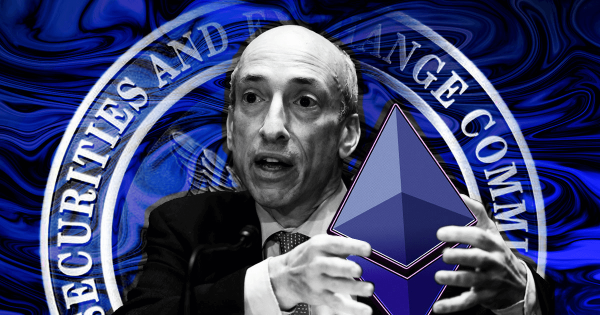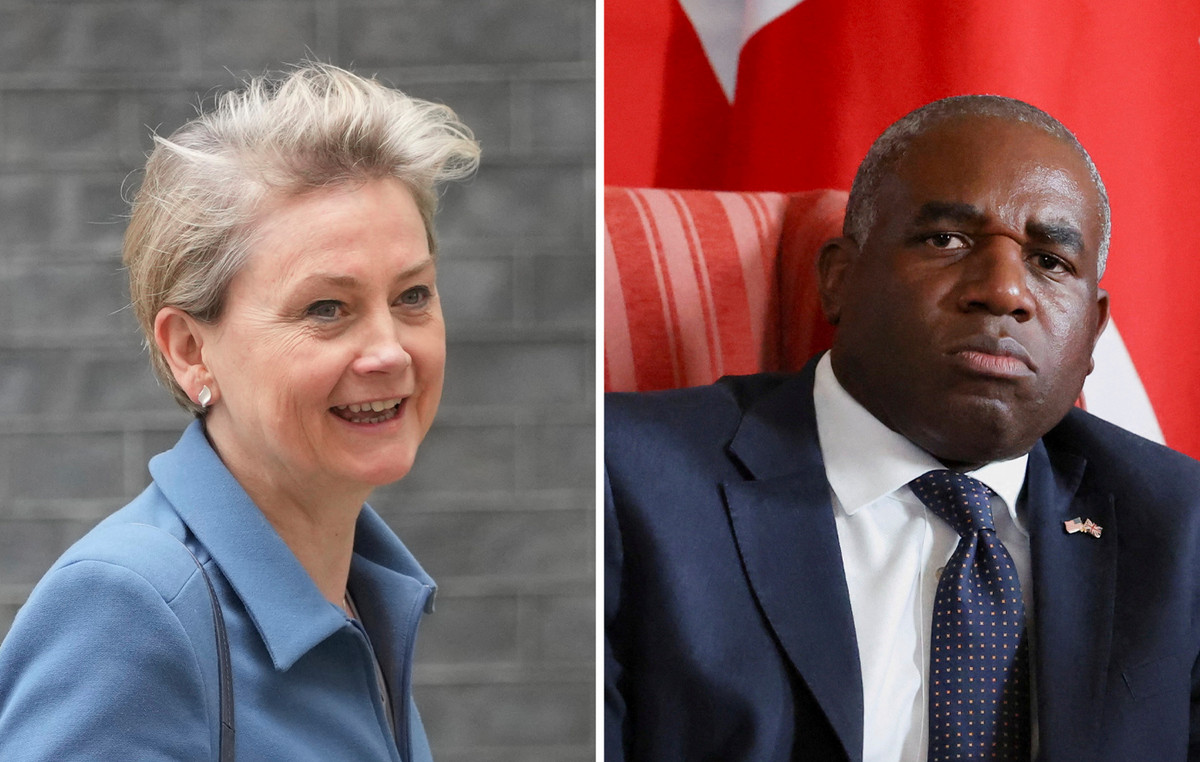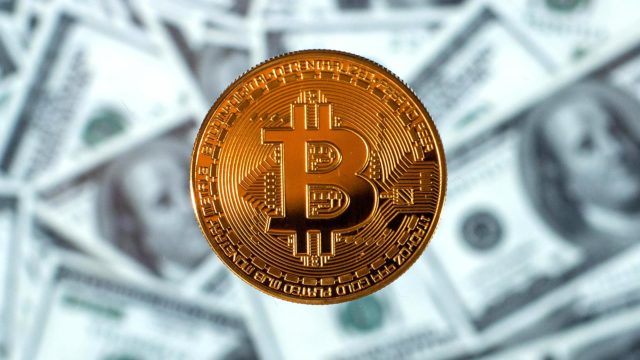Yields on two-year Treasuries rose above 10-year borrowing costs on Monday — the so-called curve inversion that usually heralds an economic downturn — on expectations that interest rates could rise faster and more than than predicted.
Fears that the Federal Reserve System (Fed) may opt for an even bigger-than-expected rate hike this week to curb inflation have pushed two-year yields to their highest levels since 2007.
At the same time, the perception that aggressive rate hikes could increase recession risks was emerging.
The difference between the yields on two-year and ten-year Treasuries dropped to -2 basis points on Monday, according to Tradeweb. The curve had reversed two months ago for the first time since 2019 before normalizing.
An inversion of this part of the yield curve is seen by many as a reliable sign that a recession could happen in the next year or two.
The move follows last Friday’s reversals in the 3-year/10-year and 5-year/30-year bands of the Treasuries curve, after data showed that inflation continued to accelerate in May.
Two-year yields rose to a 15-year high of around 3.25%, while 10-year yields hit the same level, the highest since 2018.
Data on Friday showed the biggest annual rise in U.S. inflation in nearly 40-and-a-half years, dashing hopes that the Federal Reserve could halt its campaign to raise interest rates in September.
Many consider that the Fed may actually need to increase the pace of tightening.
Futures now point to a 20% chance of a 0.75 percentage point move this week in what, if implemented, would be the biggest single-meeting increase since 1994.
Source: CNN Brasil
I am Sophia william, author of World Stock Market. I have a degree in journalism from the University of Missouri and I have worked as a reporter for several news websites. I have a passion for writing and informing people about the latest news and events happening in the world. I strive to be accurate and unbiased in my reporting, and I hope to provide readers with valuable information that they can use to make informed decisions.







